Unlocking the Secrets of Champagne: The Art of Méthode Champenoise.
- 2022-12-07 05:00:00
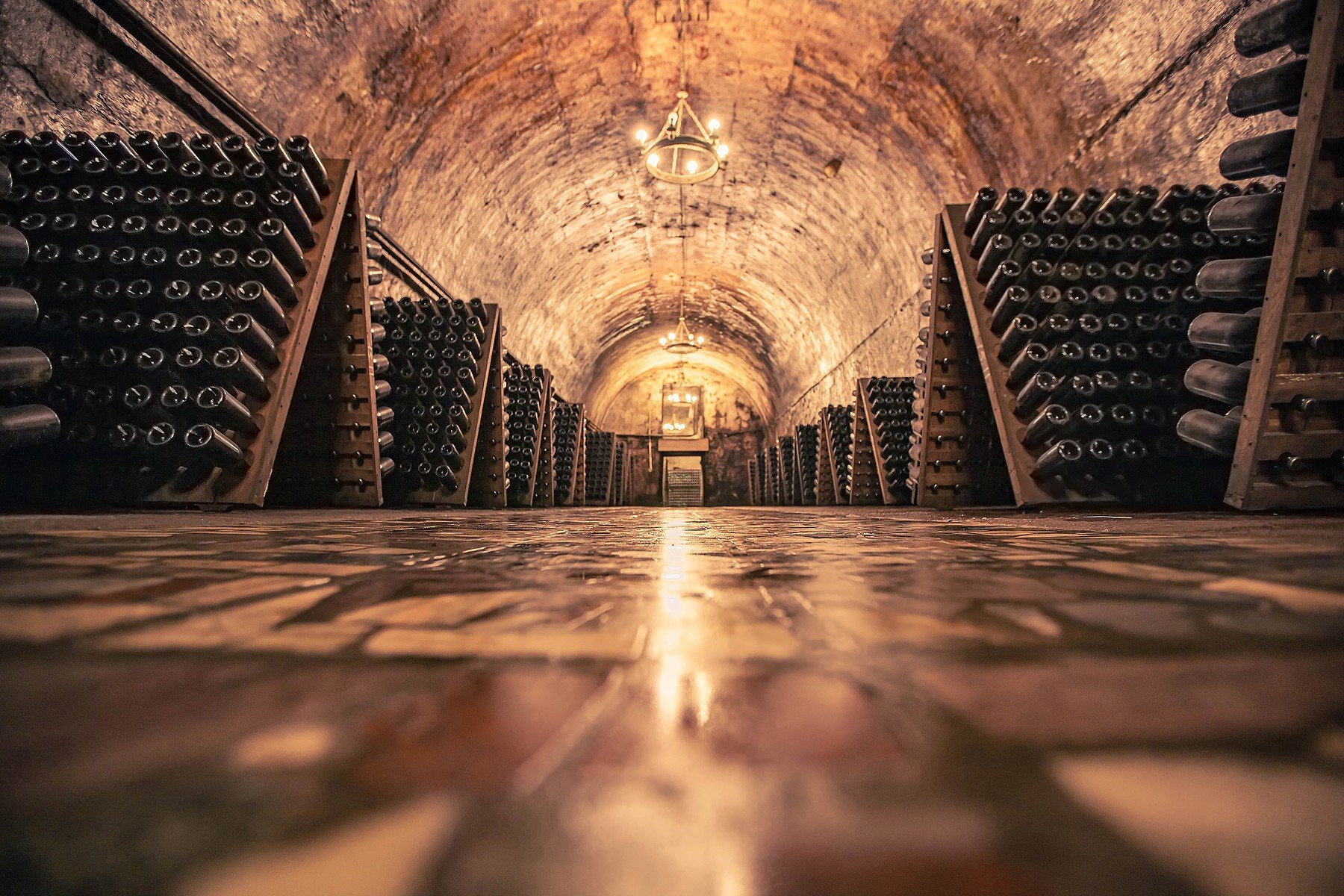
Champagne, the quintessential sparkling wine synonymous with celebration and luxury, is crafted through a meticulous and time-honored winemaking method known as the Méthode Champenoise. From grape to glass, the journey of Champagne is a testament to centuries of tradition, innovation, and craftsmanship. Let's unravel the mysteries of Champagne and explore the intricate process by which this iconic wine is made.
- Grape Selection and Harvest: The journey of Champagne begins in the vineyard, where carefully selected grape varieties are cultivated to achieve optimal ripeness and flavor. While Chardonnay, Pinot Noir, and Pinot Meunier are the primary grape varieties used in Champagne production, specific vineyard sites and microclimates play a crucial role in shaping the character and quality of the grapes. Harvest typically takes place in late summer or early autumn, with grapes hand-picked to ensure gentle handling and minimal oxidation.
- Gentle Pressing and Juice Extraction: After harvest, the grapes are transported to the winery and undergo gentle pressing to extract the juice. Unlike still wines, where the entire grape is crushed to release juice, Champagne grapes are pressed using a traditional basket press or modern pneumatic press to separate the juice from the skins, seeds, and stems. The resulting juice, known as must, is clear, pale in color, and ready for fermentation.
- Primary Fermentation: Once the juice is extracted, it undergoes primary fermentation in stainless steel tanks or oak barrels to convert sugars into alcohol. Champagne producers often use a combination of indigenous and selected yeast strains to ferment the juice, allowing for a slow and controlled fermentation process. The base wine, or vin clair, produced from this initial fermentation serves as the foundation for Champagne blending and aging.
- Blending and Tirage: One of the hallmarks of Champagne production is the art of blending, where base wines from different grape varieties, vineyard sites, and vintages are skillfully combined to create the desired flavor profile and style. After blending, a mixture of sugar and yeast, known as liqueur de tirage, is added to the base wine to initiate a second fermentation in the bottle. This process, known as tirage, produces the effervescence and distinctive bubbles characteristic of Champagne.
- Secondary Fermentation: The bottles are sealed with crown caps and transferred to cool, dark cellars for secondary fermentation, where the magic of Méthode Champenoise unfolds. Over the course of several weeks or months, the yeast consumes the added sugar, producing carbon dioxide as a byproduct and creating natural carbonation within the sealed bottle. This in-bottle fermentation process, known as prise de mousse, imparts complexity, depth, and fine bubbles to the wine.
- Aging and Riddling: Following secondary fermentation, the bottles are aged on their lees (spent yeast cells) to develop richness, texture, and complexity. To facilitate yeast autolysis and sediment removal, the bottles undergo a process known as riddling, where they are gradually tilted and rotated in special racks called pupitres. This labor-intensive process, traditionally performed by hand, encourages the yeast sediment to settle in the neck of the bottle in preparation for disgorgement.
- Disgorgement and Dosage: Once the aging process is complete, the bottles undergo disgorgement, where the sediment is carefully removed from the bottle. The neck of the bottle is frozen, and the frozen sediment plug is expelled under pressure, leaving behind clear, sparkling wine. A small amount of wine and sugar solution, known as dosage, is added to adjust the sweetness level of the Champagne to the desired style, whether brut, sec, demi-sec, or doux.
- Corking and Aging: After disgorgement and dosage, the bottles are corked with a traditional Champagne cork and wire cage to seal in the freshness and carbonation. Champagne is then aged for a period of time, ranging from several months to several years, to allow the flavors to integrate and mature. Vintage Champagnes, made from exceptional harvests, may undergo extended aging to develop complexity and depth.
- Labeling and Release: Finally, the bottles are labeled, branded, and packaged for release to market. Champagne labels typically include information about the producer, vintage, grape varieties, dosage level, and aging period. Once released, Champagne is ready to be enjoyed on its own as a toast to life's special moments or paired with a wide range of foods, from oysters and caviar to fried chicken and popcorn.
In conclusion, the Méthode Champenoise is a labor-intensive and time-honored winemaking method that produces some of the world's most celebrated sparkling wines. From grape selection and pressing to fermentation, aging, and disgorgement, each step in the process contributes to the complexity, elegance, and finesse of Champagne. Whether enjoyed as a symbol of celebration or savored as a daily indulgence, Champagne continues to captivate and delight wine lovers around the globe with its effervescent charm and timeless allure. Cheers to the artistry and craftsmanship of Champagne!
Richard Parker, California
-
Recent Posts
-
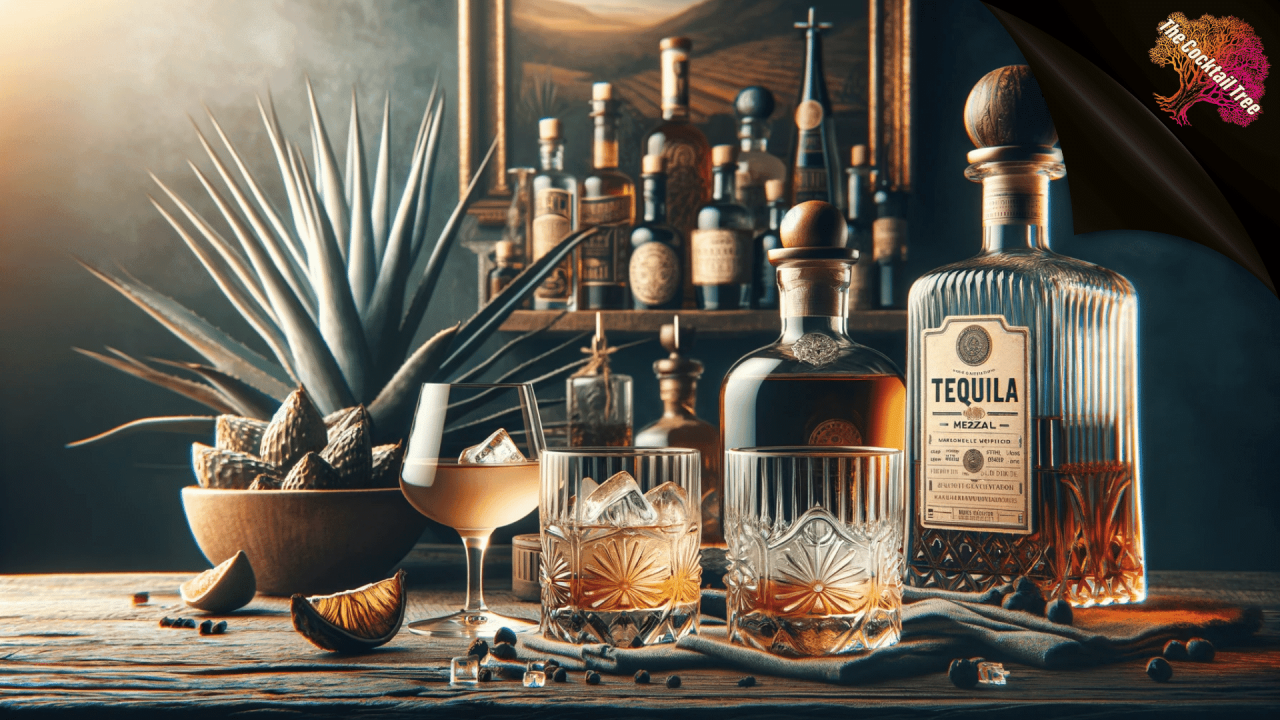
Tequila, the elixir of agave, transcends mere libation to become a symphony of science, art, and alchemy. Join us on an expedition through the intricate world of tequila, where molecules mingle, flavors...
-
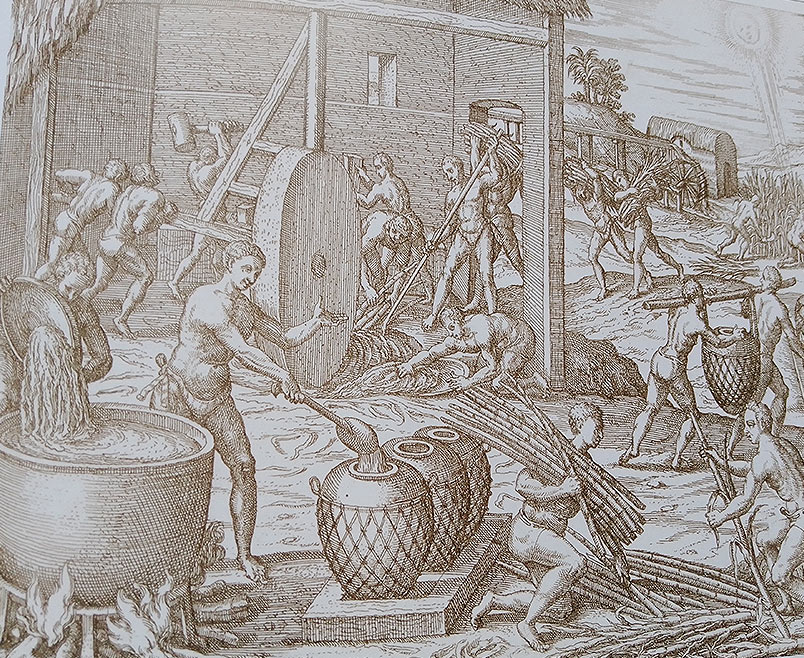
Rum, with its rich flavors and storied past, has woven itself into the tapestry of cultures and traditions around the world. From its origins in the sugarcane fields of the Caribbean to...
-
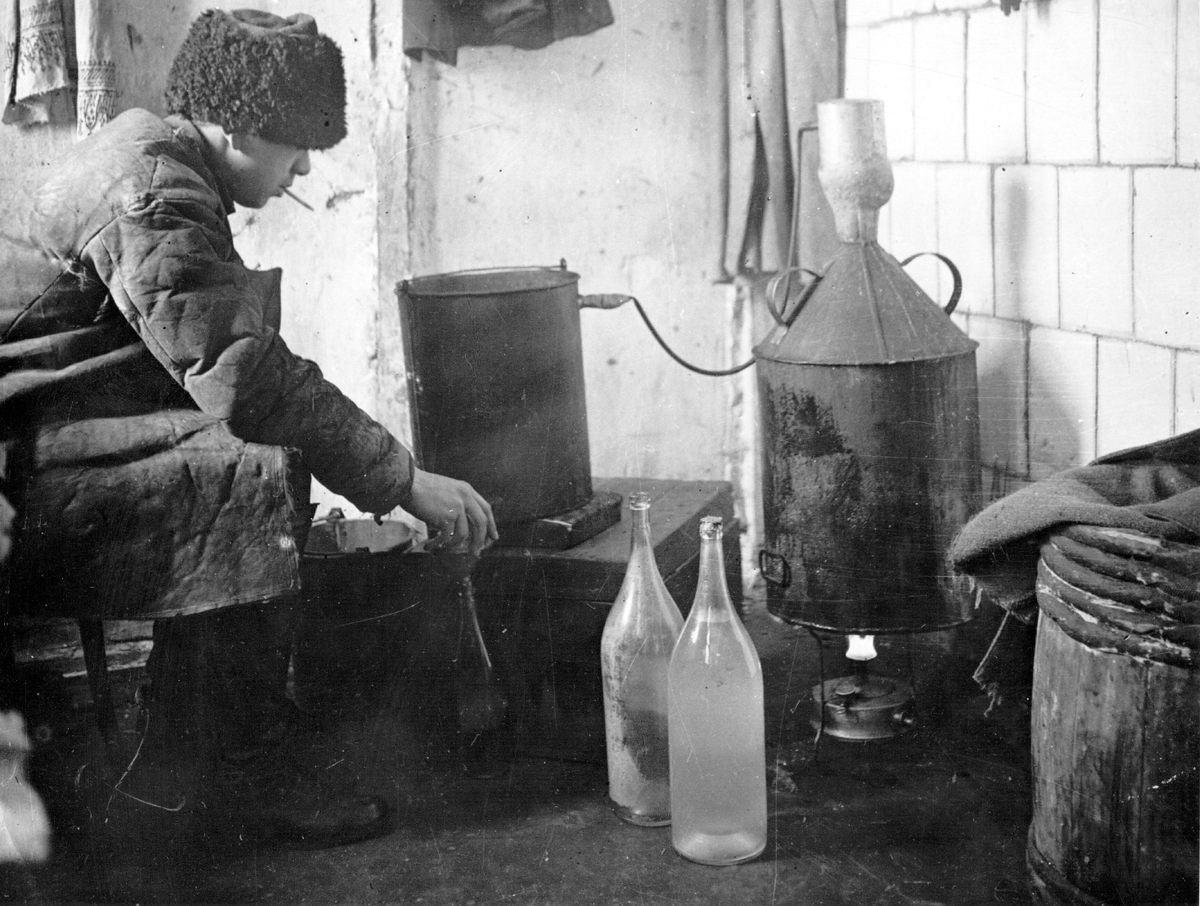
Vodka, with its clear, pure appearance and versatile nature, has a history as fascinating and diverse as the cultures that have embraced it. From its mysterious origins in Eastern Europe to its...
-
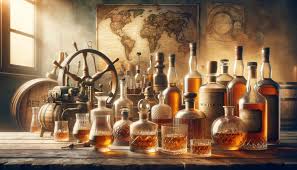
Whisky, with its complex flavors and rich heritage, has captured the hearts and palates of people around the world for centuries. From its humble beginnings in ancient civilizations to its global prominence...
-
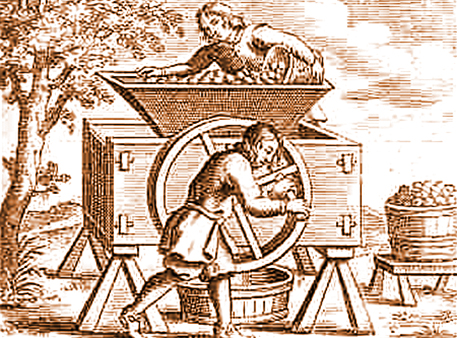
Cider, with its crisp and refreshing taste, has a history as rich and diverse as the apples from which it's made. From its ancient roots to its modern resurgence, cider has been...
-
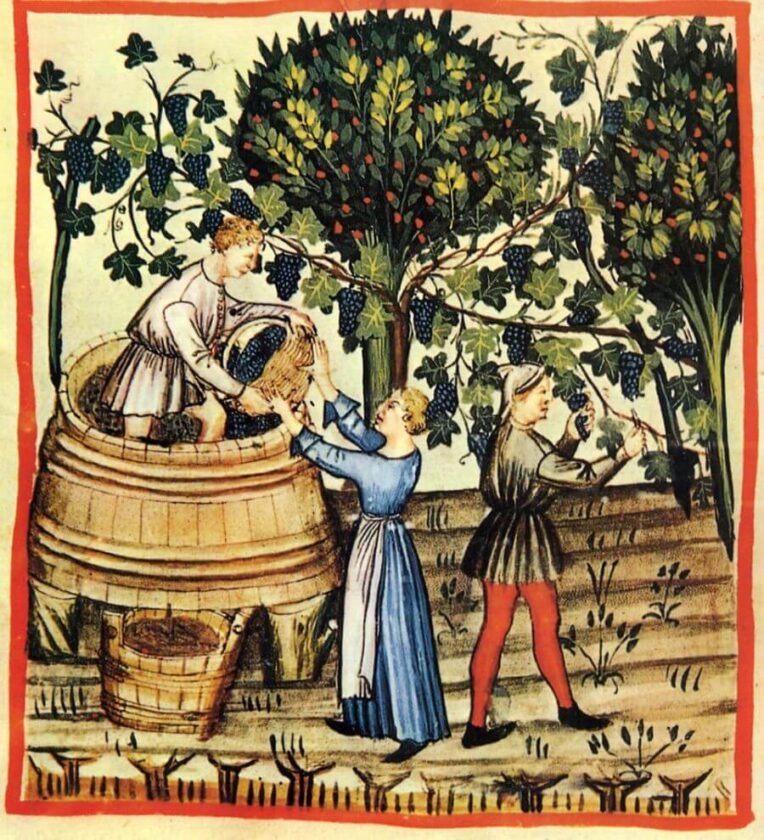
Wine, with its rich tapestry of flavors, aromas, and cultural significance, has been an integral part of human history for millennia. From its humble origins in ancient Mesopotamia to its global prominence...
-
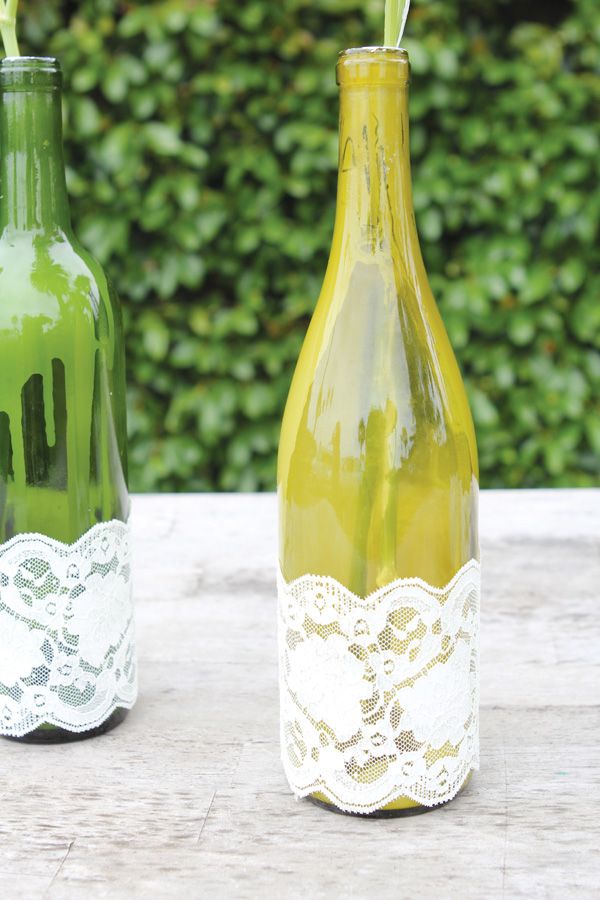
Wine isn't just for drinking—it's also a versatile and inspiring medium for crafting and décor. Whether you're looking to add a touch of wine-inspired charm to your home or seeking unique gift...
-
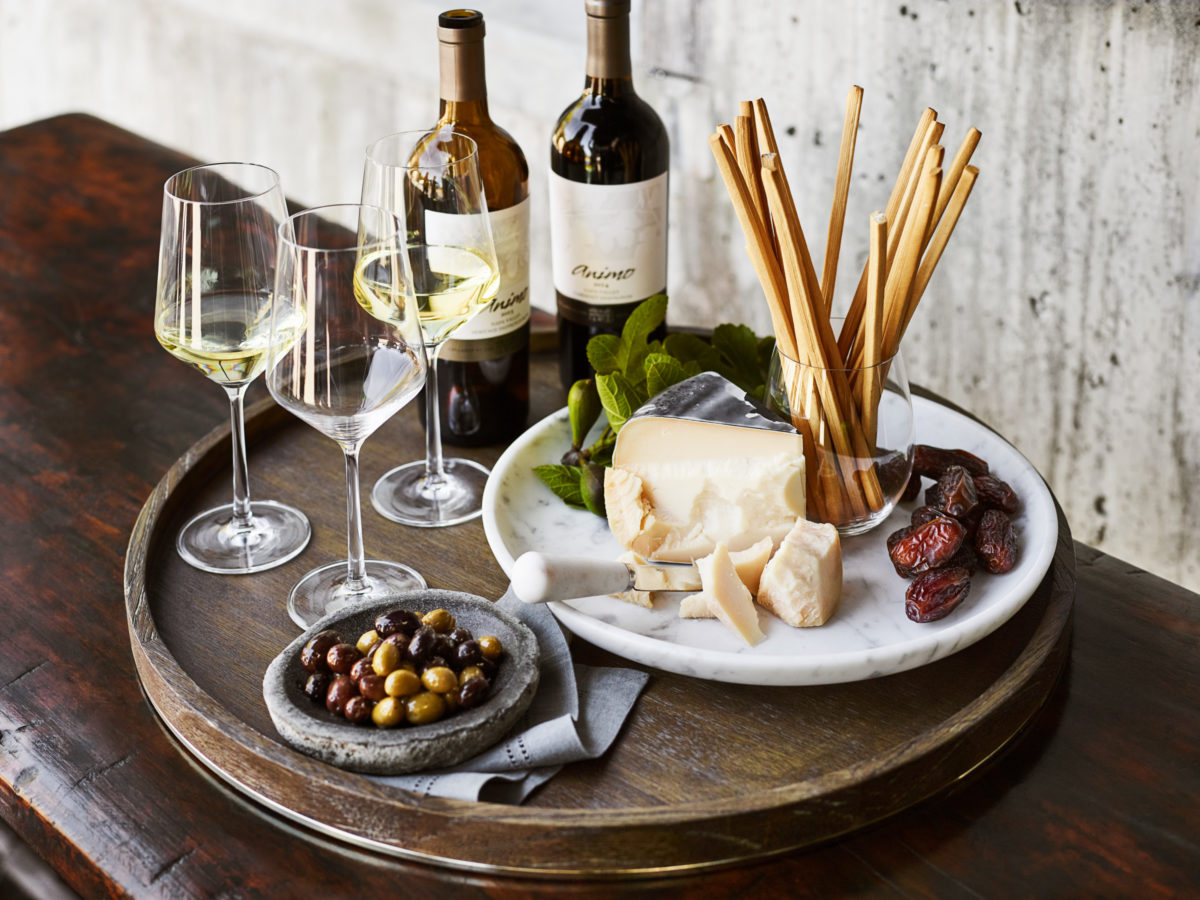
There's no better way to explore the world of wine than by gathering friends and loved ones for a wine tasting party. Whether you're a seasoned oenophile or a curious novice, hosting...
-
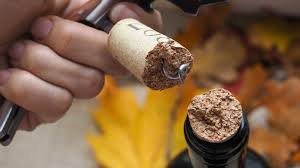
Wine, with its complexity and nuance, is a beverage cherished for its ability to delight the senses and evoke a myriad of flavors and aromas. However, like any agricultural product, wine is...
-
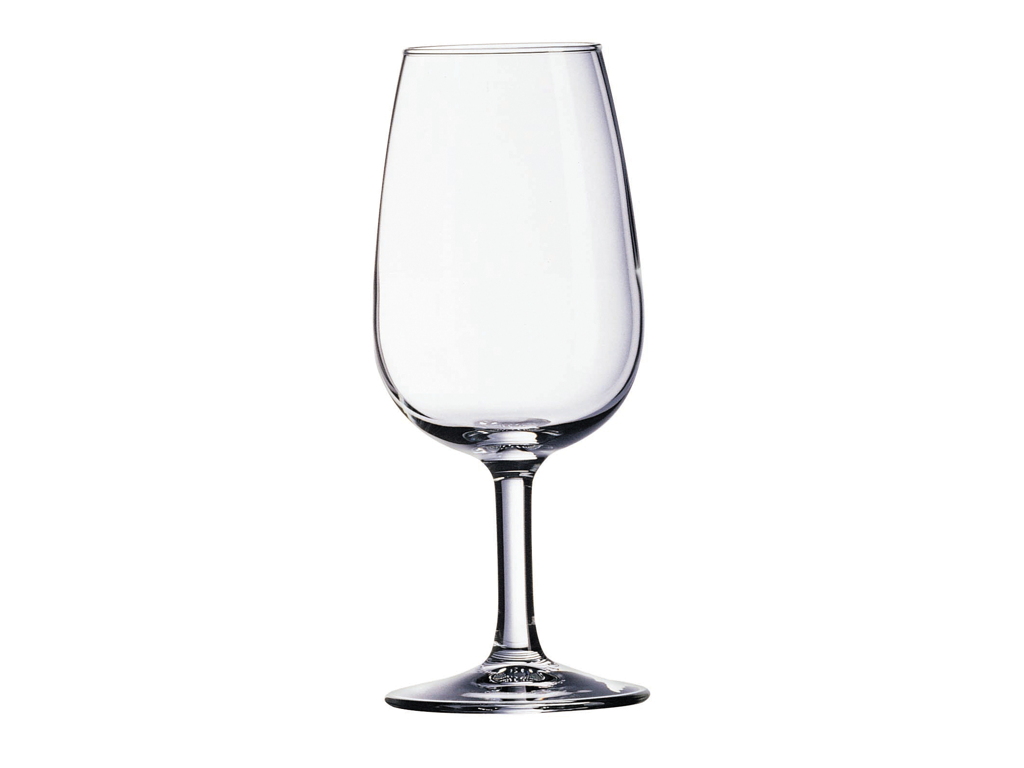
Selecting the right wine glass can significantly enhance your enjoyment and appreciation of wine, allowing you to fully experience its aromas, flavors, and nuances. With a wide array of shapes, sizes, and...
-
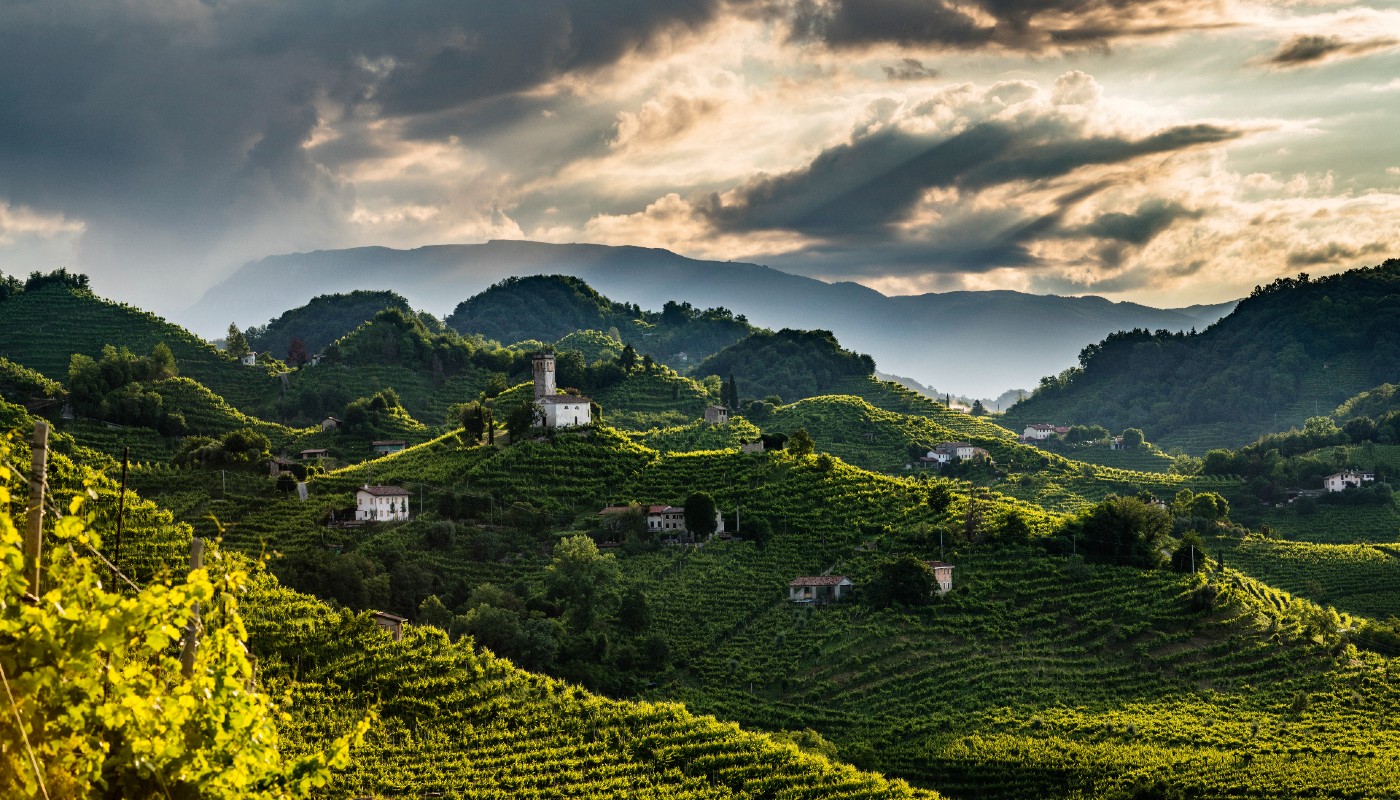
Nestled in the picturesque hills of the Veneto region in northeastern Italy lies the charming town of Conegliano, renowned as the birthplace of Prosecco and the epicenter of Italy's thriving sparkling wine...
-

Champagne, the quintessential sparkling wine synonymous with celebration and luxury, is crafted through a meticulous and time-honored winemaking method known as the Méthode Champenoise. From grape to glass, the journey of Champagne...